
Slow and sneaky weight gain usually happens over time — on average one pound a year — so it’s not always obvious at first, especially if you don’t regularly weigh yourself. But if this weight creep goes unnoticed year after year, by middle age, your middle may lose the sleek look you had when you were younger. Several factors could be to blame. Maybe you’re exercising less because family and work obligations have gotten in the way of regular gym visits. Maybe you’re eating more, such as having a cookie with your daily afternoon cup of tea. Perhaps you simply don’t need as many calories as you used to because of the gradual shift in body composition that can happen with age. Having less muscle and more fat can slow your metabolism, making it easier to gain weight. But you can work to avoid or at least limit this type of weight gain. Start by doing a quick self-evaluation. Has your activity level gone down? Are you eating more than usual? If you answered yes to these questions, make the commitment to get back on track both with diet and exercise. To improve diet, studies that tracked people for 20 years found the key is to switch to a way of eating that emphasizes fruits and vegetables, whole grains and nuts. You can replace low-nutrient… read on >











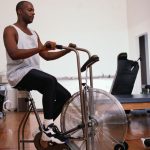
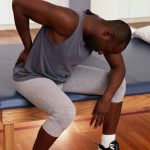
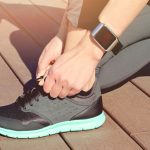

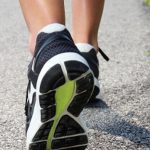

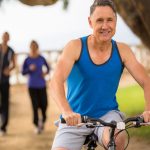











-300x200.jpg)







-300x169.jpg)
